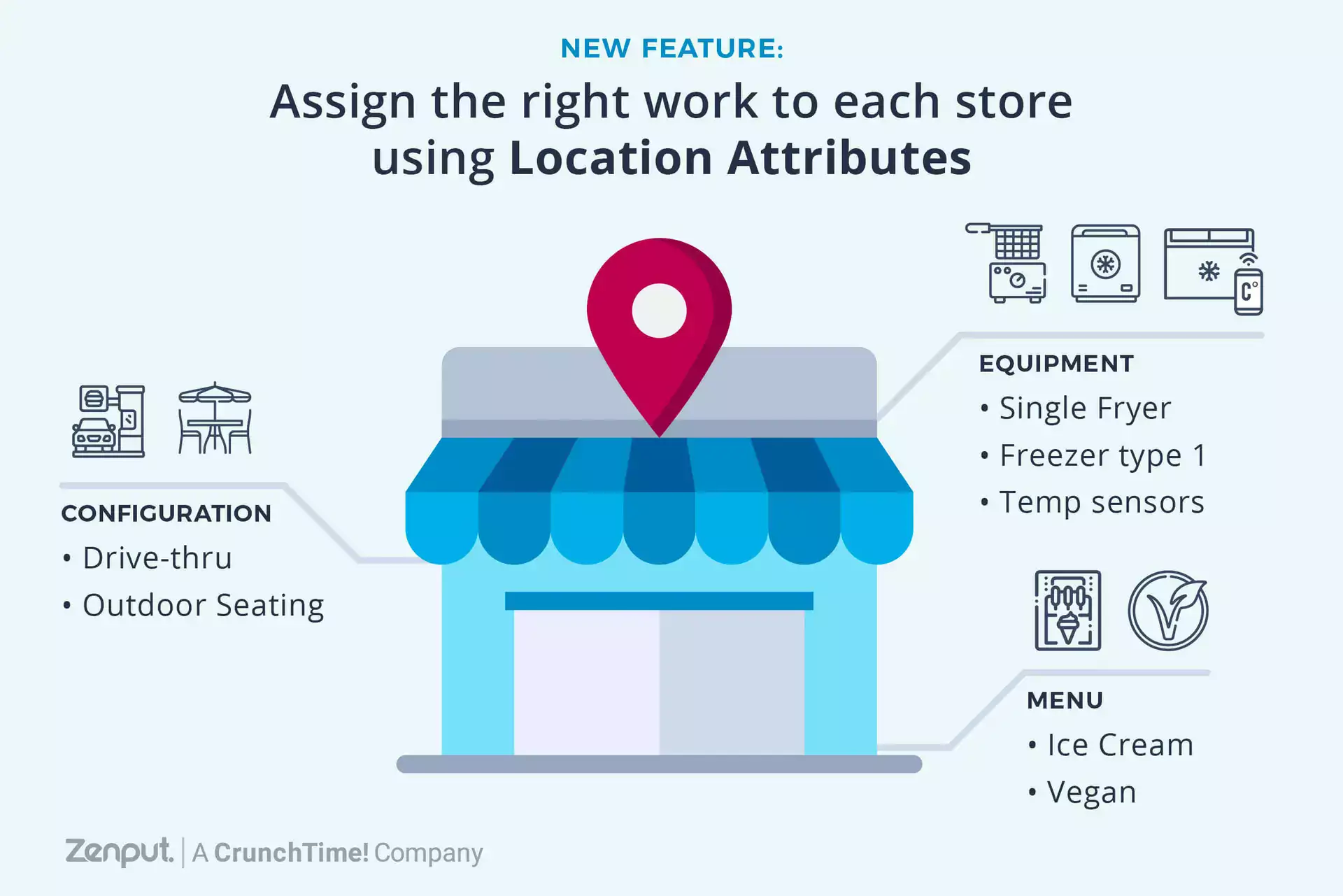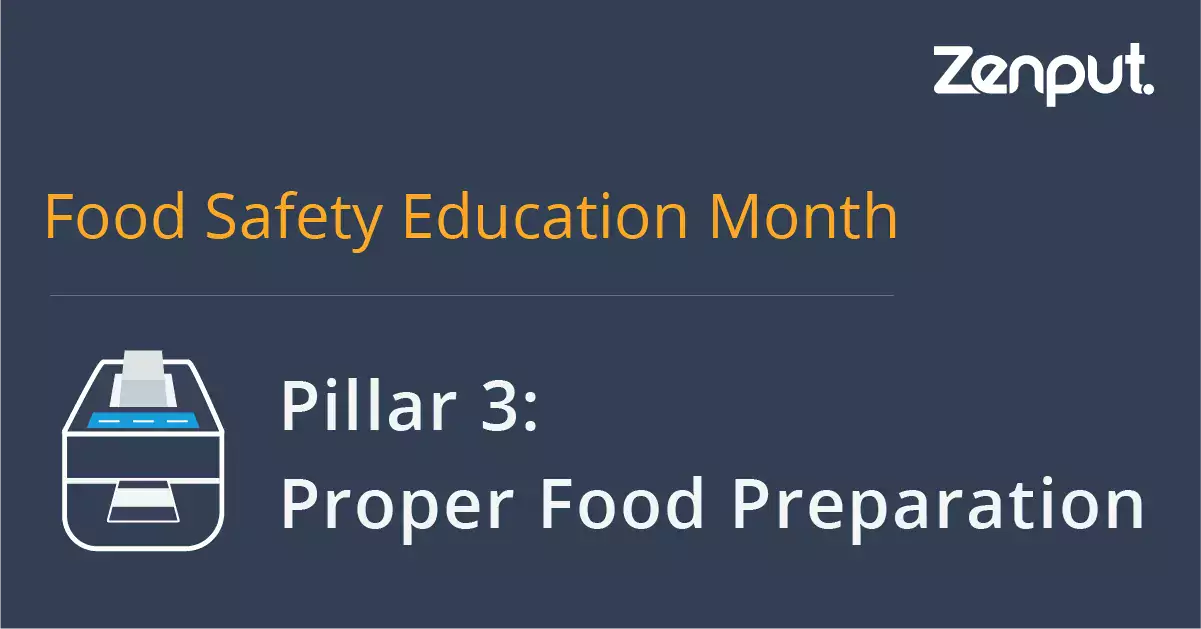It’s said that A&P’s slide began in the 1950s. Sixty-five years later, the grocer has declared bankruptcy for the second time in five years. Unlike the first time it left bankruptcy and emerged with 320 stores and $490 million, this bankruptcy filing may be the last for the 156-year-old company.
What happened? Dubbed “the Walmart of its day,” A&P was once a juggernaut with 16,000 grocery stores across the United States. Today, the network is comrpised of less than 300 stores that have struggled to survive.
Blame bad business moves, including an early exit from California’s rapidly growing markets, or blame other failed strategies like the the 2007 acquisition of Pathmark. Ultimately, blame a lack of responsiveness to changing consumer tastes.
“The big lesson from A&P is that businesses have to keep changing, and when a business stops changing, it’s sentencing itself to death,” wrote Marc Levinson, author of “The Great A&P and the Struggle for Small Business in America.” “By the late '50s, A&P was not the low-cost retailer. It was just another retailer.”
A&P got swallowed up by the competitors it helped to create. It will close 25 stores and reportedly plans to sell 120 of its 296 stores to Stop & Shop, Acme Markets and Key Food Stores.
Food for Thought: The Anti-A&P
Kroger is one major supermarket company that continues to thrive and capitalize on its rivals’ mismanagement. However, it knows when to stay out of markets and weak locations, said David Livingston, a supermarket analyst who runs DJL Research.
“One thing Kroger won’t do is buy fixer-upper, distressed stores,” Livingston told the Cincinnati Business Courier. “Kroger is probably one of the better operators. They’re an above-average grocer that’s very consistent. They didn’t buy up chains of distressed grocers for the sake of growing.” As a result, Livingston predicts Kroger will not buy A&P stores.
Take note of what Livingston said about Kroger’s ability to be consistent. Kroger must excel at communicating internally through its network and externally with customers to have this level of success in an evolving and challenging industry like the supermarket industry. Consistency leads to 46 consecutive quarters of same-store sales growth.
In contrast, A&P was criticized for years for being too slow to respond to market conditions, often focusing on vendor contracts rather than selling to its customers. “It failed in comparison to competitors on both price and customer experience,” wrote George Anderson of RetailWire.
Food for Thought: The retail landscape is changing. If you’re a supermarket retailer, what can you do to improve your response time and improve the customer experience?
hbspt.cta.load(437357, '57a5a473-0c32-40dd-911c-fa62b9a0c478', {});
Subscribe to our blog
You are now subscribed!


